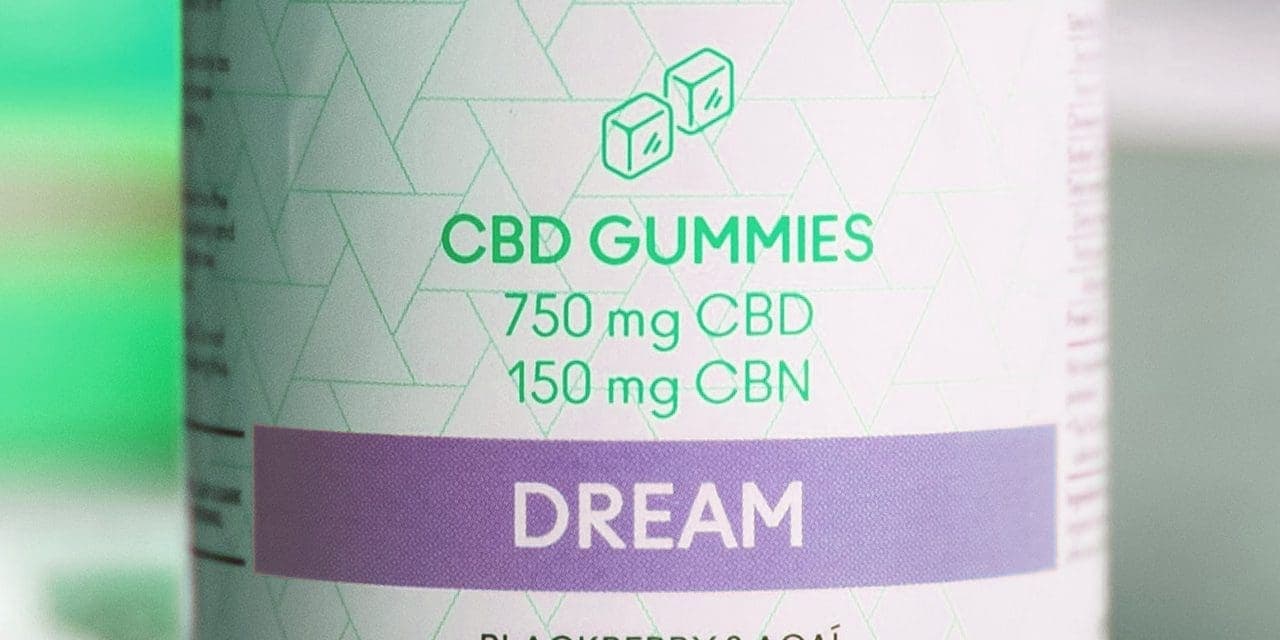What Are Total Active Cannabinoids (TAC) in Cannabis?

Article written by

Dipak HemrajMedical Cannabis Researcher
Content reviewed by

Dr. Gavin MorelandMedical Director
Total active cannabinoids (TAC) refers to a cannabis strain’s cannabinoid profile. It is the sum of all the cannabinoids that are active and can give consumers a better understanding of the cannabinoid content in their chosen strain, product, or seed.
Let’s learn a bit more about total active cannabinoids, how to calculate them, and how to find them on your favorite cannabis product labels.
Get Your Medical Card
What Does Total Active Cannabinoids (TAC) Mean?
Listing the TAC on a product provides essential information about the entourage effect. This theory states that cannabinoids work synergistically with one another, achieving better physiological responses than when consumed individually.
Basically, the TAC indicates the high you might expect from a product and lets you tailor it to what you want.
What Information Does TAC Provide?
TAC directs attention to minor cannabinoids within the plant, not only the CBD and THC content. If you’re lucky enough to find a product with the TAC on the label, you are likely to see cannabinoids like cannabichromene (CBC), cannabigerol (CBG), and cannabinol (CBN).
Sometimes, you might also see terpenes and flavonoids. This information can inform you about the potency of the product, as well as smell and flavor if terpene and flavonoid information is made available.
Often, the TAC is given in a cumulative figure, but some manufacturers disclose the individual constituents of the cannabinoids present within their products. By doing this, consumers can determine what kind of experience a product will provide based on the TAC.
What Makes a Cannabinoid Active?
TAC provides information about the total amount of active cannabinoids within a cannabis strain and its potency. Cannabis plants can contain more than 100 cannabinoids, but not all of these can be detectable, and this means the TAC amount is often less than the actual amount of cannabinoids present within the strain.
In the context of cannabinoids, the term “active” refers to tetrahydrocannabinolic acid (THCa) becoming “active” after undergoing decarboxylation. This is where heat is applied to the THCa, either by smoking, vaporizing, or other heating methods, and the acidic element of the THCa is removed.
The body can then process THC and exert the pain-relieving and euphoric effects commonly associated with THC. Similarly, other acidic cannabinoids are also activated by decarboxylation.
How to Calculate Total Active Cannabinoids
When companies list the cannabinoids on their packaging, they often only provide the total THC and CBD percentages (sometimes THCa and CBDa percentages), as these are the most well-known cannabinoids.
Most cannabis products, unless they have been specifically bred otherwise, will have high THC levels and low CBD levels, along with low percentages of other minor cannabinoids.
When the minor cannabinoids are added up, they can make up a high percentage of the total cannabinoid profile of the product. Though less than the levels of THC within a product, the other cannabinoids can influence the feel of your high, producing different effects and changing your experience when consuming that product.
Where to Find TAC on a Cannabis Product Label
Since the legalization of cannabis is deployed differently in some places and is only a recent development in others, the regulations for what is required to be on the labels of products are not heavily standardized yet.
This can make it challenging to understand your product and the effects it may produce. Generally, the basic information provided on a product label includes:
- The name of the strain
- Manufacturer
- Warning labels
- Expiration dates
- Terpene profiles
Dispensaries often include other information, such as the THC or CBD content of the product, which is usually listed as a percentage or in milligrams.
The TAC is listed as one number, but other percentages of cannabinoids can also be listed on the product.
Other Definitions of TAC
The acronym “TAC” has also been used to refer to the “total aerobic count,” which is one of the tests performed on a marijuana product.
This TAC measures the total amount of microbes found on the product. This information is used to determine if the product has been grown using good sanitary practices. Testing like this is also performed on food products.
In most dispensaries, the products need to pass this test and have a safe level of microbes before being sold.
To tell the difference between the “total active cannabinoids” and “total aerobic count,” you should look at the listed units of measurement. If you see a number with “CFU/g” following it, this means it is the total aerobic count; “CFU/g” means “colony forming unit per gram.” “Total active cannabinoids” will be followed by a percent sign (%).
The Bottom Line
TAC is a handy tool when it comes to an understanding the effects of a cannabis strain. Knowing the TAC of your product is vital for knowing your dosage and the predicted impact of your experience.
Ultimately, regulating the cannabis industry is the key to having the TAC listed on every product. With TAC listed on your product, it is easier for you to experiment with different cannabinoids and tailor your cannabis use to your specific needs.
However, the TAC may not always be listed on a product label; in these cases, the total cannabinoid percentage can be used to understand better the product’s chemical makeup and the type of high that will be experienced.
By understanding TAC, we may better understand how the interactions between cannabinoids contribute to the entourage effect.
Speak with one of Leafwell’s medical professionals and get all your questions answered on how to apply for a medical marijuana card. Book an appointment in our virtual clinic today.


